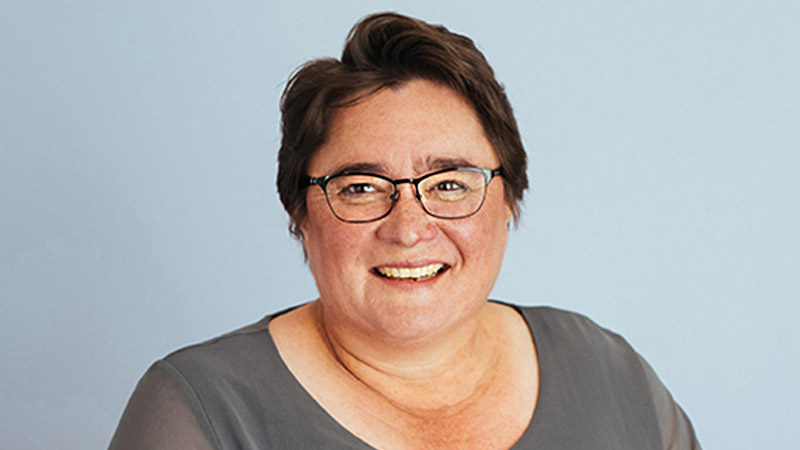New asset statistics point to changing picture of the typical SMSF
The recently released SMSF data statistics from Class on the changing trends in the fund asset demographics shows a changing picture in what a typical SMSF may begin to look like in the coming years, according to Heffron.
Class Limited had recently released its annual Benchmark Report, analysing SMSF data from the 2021 financial year.
Managing director Meg Heffron said that the new statistics from the Class Benchmark Report tell the story of an SMSF sector that, to some extent, is simply mirroring the overall superannuation industry. It is growing steadily over time, occasionally buffeted by lean investment years but continuing to thrive
She noted the best measure for what is happening to SMSFs overall when it comes to size is the median fund balance.
“Unlike the statistics for average fund size, the median is not impacted by the funds at the margins, those that are either very large or very small. It is often regarded as the best indication of what “typical” SMSFs look like,” she said in the Class Annual Benchmark Report insights.
“And the median SMSF tells an interesting story.”
Combining Class’s data with figures from the ATO suggests a steady increase in median fund size for well over 10 years with only a brief dip in 2020, according to Ms Heffron.
“If Class’s clients are a good proxy for the industry as a whole, the median fund size may well be up to $800,000 by 30 June 2021, compared to around $500,000 10 years ago.”
“That equates to a growth of around 5 per cent p.a. It doesn’t mean the typical SMSF 10 years ago has only grown by 5 per cent pa up until today. In fact, the funds that looked ‘typical’ 10 years ago are probably much larger than the median today,” she said.
“What it means is that despite a steady stream of new funds being created, some funds diminishing as balances are drawn down during the pension phase, the ‘middle of the road’ fund has become quite a bit larger than it used to be. It’s like saying humans, on average, are becoming taller over time.
“So, does this mean we will – over time – see more and more mega SMSFs with over $50 million in assets? Probably not. These days it is much more difficult to create very large funds. We have seen years of tightening restrictions on contributions, particularly since limits were placed on members’ voluntary, after tax contributions in 2007.”
It is also very difficult for extremely large funds to stay quite so large once at least one of the members dies. Ms Heffron noted rules introduced in 2017 indirectly force wealthy couples to withdraw some of their superannuation assets when the first one of them dies rather than being able to leave their combined superannuation intact until they both die.
“If things continue as they are, I expect that there will be fewer mega SMSFs in 20 years’ time. But we may well see an SMSF population where the median fund size continues to grow,” she said.
“Is that a good thing? And what does it tell us? In some ways, a growing median fund size over the past 10 years is entirely logical. SMSFs were once the structure of choice for people who actively chose to put extra money into their super – they were the only ones who had balances large enough to make an SMSF worthwhile.”
However, today’s 50-year-olds have had compulsory super their entire working lives. Even without voluntary contributions, their balances are typically far higher than their parents’ superannuation at the same age, according to Ms Heffron. The superannuation pot generally is much larger than it used to be, and it makes complete sense that SMSFs should follow a similar trajectory.
“But a falling median fund size doesn’t necessarily tell a bad story either. One of the natural outcomes of healthy competition amongst service providers and great technology is that SMSFs can be run far more cost effectively than they could in the past. Lower fees encourage people to start their SMSF journey earlier, with less money,” she explained.
“Perhaps in fact, for the next 10 years, we should see a falling median fund size as a true measure of industry success. Coupled with accelerating growth in fund numbers, it would tell us that SMSFs have become genuinely attractive across a broad spectrum of the community. So size does matter. But it doesn’t.”

Tony Zhang
Tony Zhang is a journalist at Accountants Daily, which is the leading source of news, strategy and educational content for professionals working in the accounting sector.
Since joining the Momentum Media team in 2020, Tony has written for a range of its publications including Lawyers Weekly, Adviser Innovation, ifa and SMSF Adviser. He has been full-time on Accountants Daily since September 2021.


